Pediatric Orthopedic Surgeons
Treating a growing skeleton requires not only surgical precision but a nuanced understanding of developmental biology. Unlike adults, children’s bones heal differently, and conditions like scoliosis, limb deformities, and congenital anomalies often need tailored solutions that evolve over time. These professionals must combine surgical expertise with an ability to communicate effectively with both young patients and their families, explaining complex conditions in simple terms and building trust through compassion and clarity. The value pediatric orthopedic surgeons bring to healthcare is amplified by their involvement in early intervention strategies. From clubfoot casting in infancy to complex spinal reconstructions in adolescence, they are central to ensuring normal development and functional outcomes. The impact of pediatric orthopedic surgeons extends beyond the operating room—they frequently participate in multidisciplinary teams with pediatricians, neurologists, and occupational therapists to manage conditions like cerebral palsy or juvenile idiopathic arthritis. Advances in growth modulation, guided surgery, and 3D imaging have allowed for safer, more precise interventions at earlier stages. As the understanding of genetic and rare bone diseases grows, these specialists are also engaging in research that can potentially shift paradigms in skeletal development. Their work is not only about fixing bones but shaping a child’s ability to move freely, engage with peers, and lead a full life. Every adjustment they make today influences decades of mobility, comfort, and independence.
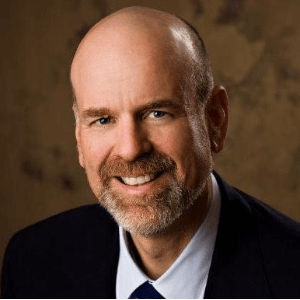
Stephen S Tower
University of Alaska Anchorage, United States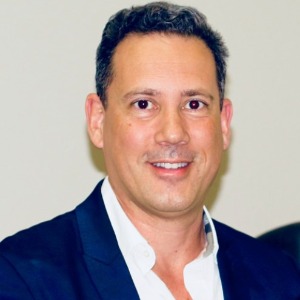
Marcos Brioschi
American Academy of Thermology, United States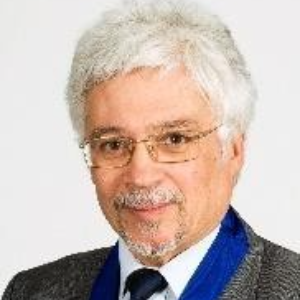
Wagih El Masri
Keele University, United Kingdom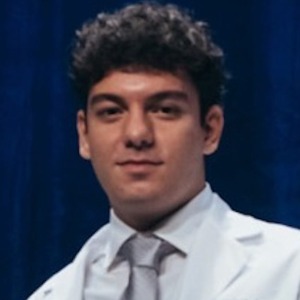
Arif Akkok
Lake Erie College of Osteopathic Medicine, United States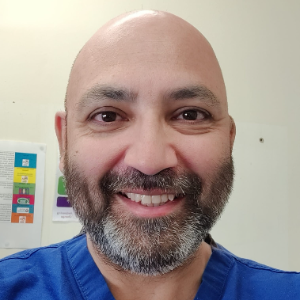
Akash Ganguly
Warrington and Halton Hospitals NHS FT, United Kingdom
Sajid Ali
The Dudley Group NHS Foundation Trust, United Kingdom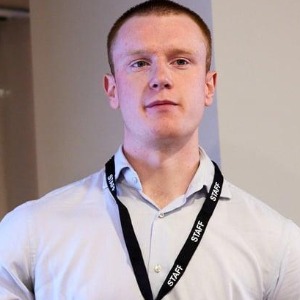




Title : The UK profemur recall and implant cobaltism
Stephen S Tower, University of Alaska Anchorage, United States
Title : The tomographic phenotype and the genotype of wormain bones
Ali Al Kaissi, National Ilizarov Medical Research Center for Traumatology and Orthopaedics, Russian Federation
Title : New treatment of muscle contracture and joint contracture through muscle regeneration with mitochondrial dynamics
Ki Ji Lee, Busan Medical University, Korea, Republic of
Title : New treatment of sarcopenia through muscle regeneration with mitochondrial dynamics
Ki Ji Lee, Busan Medical University, Korea, Republic of
Title : The prevalence and association of self-reported depression symptoms with musculoskeletal pain and quality of life among pregnant women
Youssef Masharawi, Tel Aviv University, Israel
Title : Bipolar hemiarthroplasty under local anesthesia (2%)
Ketan Karabhai Parmar, Aayush Multispecialty Hospital, India